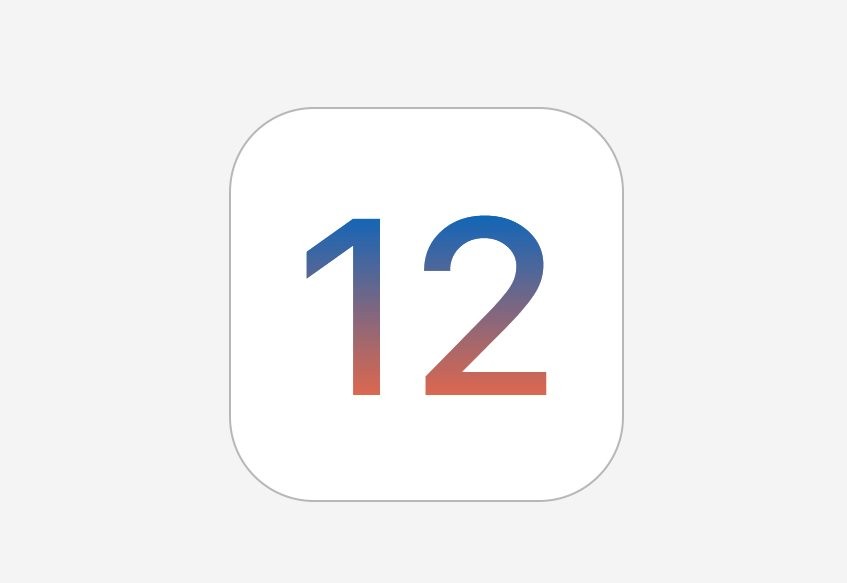
Despite Apple only releasing the developer beta of iOS 12, many people would have ended up installing it on their iPhone or iPad in their excitement to try out the major next release of the OS. Despite being a beta, iOS 12 developer beta does bring plenty of new features and changes to the table.
However, it is still a beta we are talking about here so its bound to be unstable and buggy. If you are done trying out iOS 12 on your iPhone or iPad and are now looking for a way to get back to iOS 11.4 on it, follow the steps below. Before you proceed with the downgrading process though, there are a few things you need to know.
Pre-Requisites
- You will not be able to restore your iOS 12 iCloud or iTunes backup. After downgrading, the last backup you will be able to restore would be the one taken on iOS 11.4 or an older version of the OS. So, make sure to backup your important data before proceeding with the downgrade process.
- The process will take a fair bit of time, so ensure you have both: time in your hand and at least 70 percent charge on your iPhone or iPad
How to Downgrade From iOS 12 Beta to iOS 11.4
Step 1: First, get your hands on the iOS 11.4 IPSW file by download it from the link below. Ensure that you are downloading the correct firmware for your device.
Note: If you’re downloading the firmware file using Safari then ensure that auto unzip feature is disabled, or use Chrome or Firefox. Alternatively, renaming the .zip file as .ipsw file should also work.
Step 2: On your device, you have to disable Find My iPhone. Go to Settings > iCloud > Find My iPhone and toggle off the switch.
Step 3: Put your iPhone or iPad into DFU mode. If you own an iPhone 8 or iPhone 7, read this guide for entering DFU mode, while iPhone X owners will have to follow these steps.
Older iPhone and iPad owners need to follow the steps mentioned below:
- Plug your device into your computer.
- Turn off your device by holding the Power button and then sliding to power off.
- Next, press and hold the Power button for 3 seconds.
- Then begin holding the Home button without releasing the Power button for 10 seconds.
- Release the power button and continue holding the home button until you get a popup from iTunes that it has detected your device is in Recovery mode. If you don’t see the popup, try the process of holding the buttons again.
- Click on the Ok button.

Step 4: Hold the Alt/Option key on Mac or Shift key in Windows and then click on the Restore iPhone… (iPad/iPod touch…) button.


Step 7: iTunes will now verify the software and install it on your device. It should take around 10 minutes.
Step 8: Once the downgrade process is complete, your iPhone or iPad should automatically restart and you will be greeted with the initial iOS 11 setup screen. Proceed to set up your device from this point. You can either restore your previous backup or set up the device as new depending on your preference.
Read: The Best iOS 12 Features for iPhone | 6 Reasons Why You Should Not Install iOS 12 Beta Right Now
If you wish to, you can install the iOS 12 beta on your iPhone or iPad again in the future. As for the final release of iOS 12, it is expected to drop sometime in September once Apple unveils its 208 iPhone lineup.